Massage therapy is a form of healing that has been practiced for thousands of years. It involves the manipulation of soft tissues in the body to promote relaxation, reduce stress, and alleviate pain. There are many different types of massage, each with its own unique benefits and techniques.
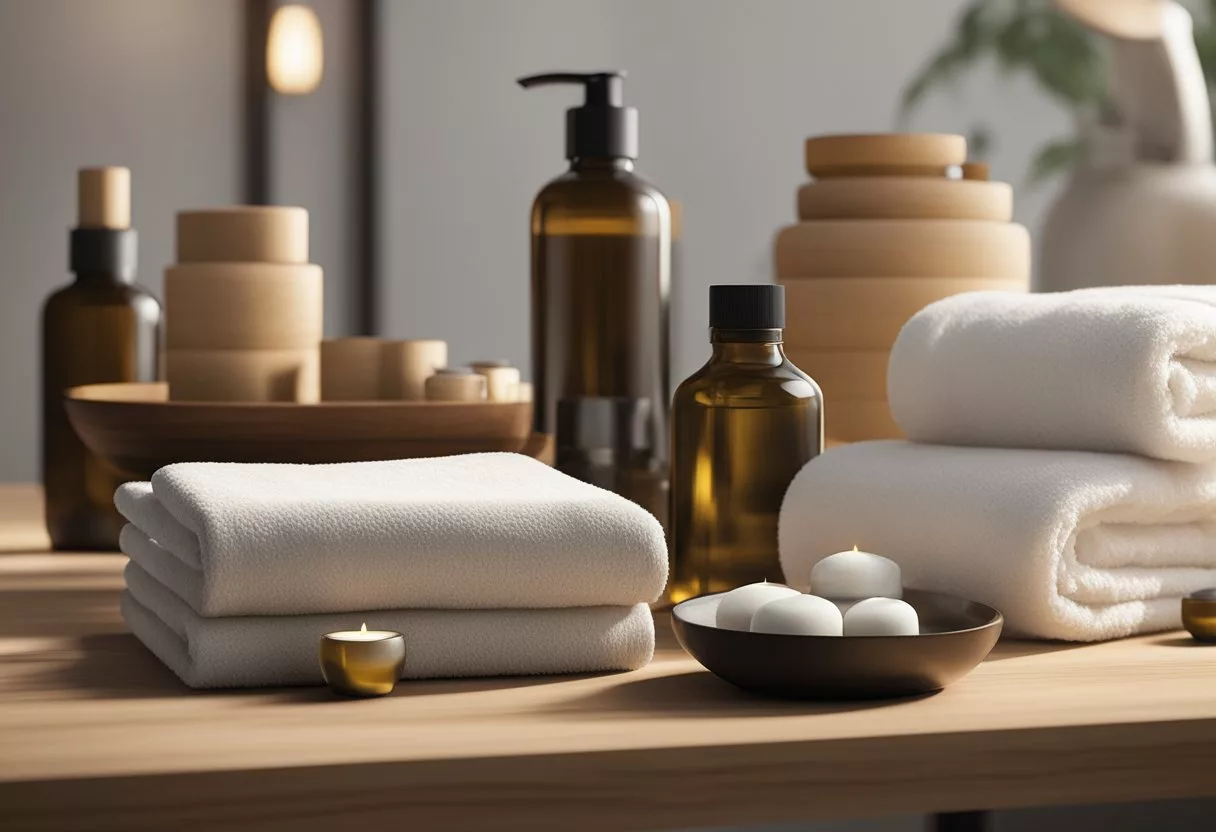
Understanding the different types of massage can help individuals choose the right massage for their specific needs. Some common types of massage include Swedish massage, deep tissue massage, hot stone massage, and shiatsu massage. Each type of massage has its own specific techniques and benefits, and some may be more effective than others for certain conditions.
Key Takeaways
- There are many different types of massage, each with its own unique benefits and techniques.
- Understanding the different types of massage can help individuals choose the right massage for their specific needs.
- Some common types of massage include Swedish massage, deep tissue massage, hot stone massage, and shiatsu massage.
History and Origins of Massage

Massage therapy has been used for thousands of years as a way to promote relaxation, reduce stress, and alleviate pain. The practice has roots in many cultures around the world, including China, India, and Japan.
Traditional Chinese Medicine
In China, massage therapy has been a part of traditional Chinese medicine for over 2,000 years. It is believed that the practice of massage, known as “anmo” in Chinese, was developed by the legendary physician, Bian Que. According to legend, Bian Que used massage to treat the King of Qi, who was suffering from insomnia and headaches.
Massage therapy is still widely used in traditional Chinese medicine today. It is often used in combination with acupuncture and herbal medicine to treat a wide range of conditions, including musculoskeletal pain, digestive disorders, and anxiety.
Ancient India and Ayurveda
In India, massage therapy has been a part of Ayurvedic medicine for over 5,000 years. The practice of massage, known as “abhyanga” in Sanskrit, is believed to help balance the body and mind.
Ayurvedic massage techniques often involve the use of warm oils and herbal preparations. The massage therapist may use a variety of strokes and techniques to help promote relaxation, improve circulation, and alleviate pain.
Massage therapy continues to be an important part of Ayurvedic medicine today. It is often used to treat a wide range of conditions, including arthritis, anxiety, and depression.
Overall, the history and origins of massage therapy are rich and diverse. From traditional Chinese medicine to Ayurvedic medicine, massage therapy has been used for thousands of years to promote health and well-being.
Understanding Massage Therapy
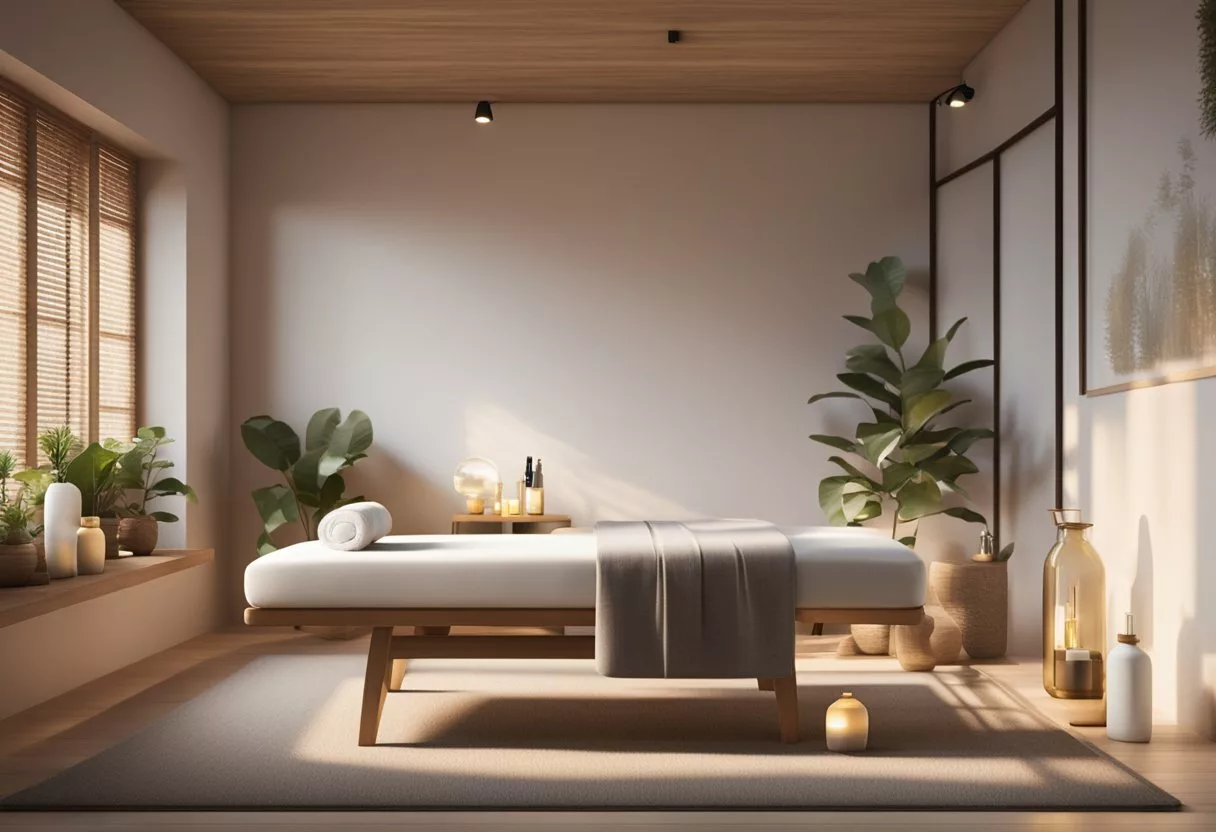
Massage therapy is a practice that involves manipulating soft tissues and muscles to promote healing, relaxation, and overall well-being. Massage therapy has been used for centuries in various cultures, and today it is widely recognized as an effective form of complementary medicine.
Benefits of Massage
Massage therapy has many benefits, both physical and mental. One of the most well-known benefits of massage therapy is its ability to promote relaxation and reduce stress. Massage therapy can also help to improve blood flow, which can help to reduce muscle tension and promote healing.
Massage therapy can also help to improve the function of the nervous system. By stimulating the nerve endings in the skin, massage therapy can help to promote the release of endorphins, which are natural painkillers produced by the body.
Other benefits of massage therapy include improved flexibility, reduced inflammation, and improved energy flow throughout the body. Massage therapy can also help to improve sleep quality and reduce symptoms of anxiety and depression.
Massage Techniques
There are many different types of massage techniques, each with its own unique benefits. Some of the most common massage techniques include Swedish massage, deep tissue massage, and sports massage.
Swedish massage is a gentle form of massage that involves long, smooth strokes, kneading, and circular movements. This type of massage is often used to promote relaxation and reduce stress.
Deep tissue massage is a more intense form of massage that involves applying firm pressure to the muscles and soft tissues. This type of massage is often used to reduce muscle tension and promote healing.
Sports massage is a specialized form of massage that is designed to help athletes prepare for and recover from physical activity. This type of massage can help to improve flexibility, reduce muscle soreness, and prevent injuries.
Overall, massage therapy is a safe and effective form of complementary medicine that can help to promote healing, relaxation, and overall well-being. Whether you are looking to reduce stress, improve your athletic performance, or simply relax and unwind, there is a massage technique that can help you achieve your goals.
Types of Massages
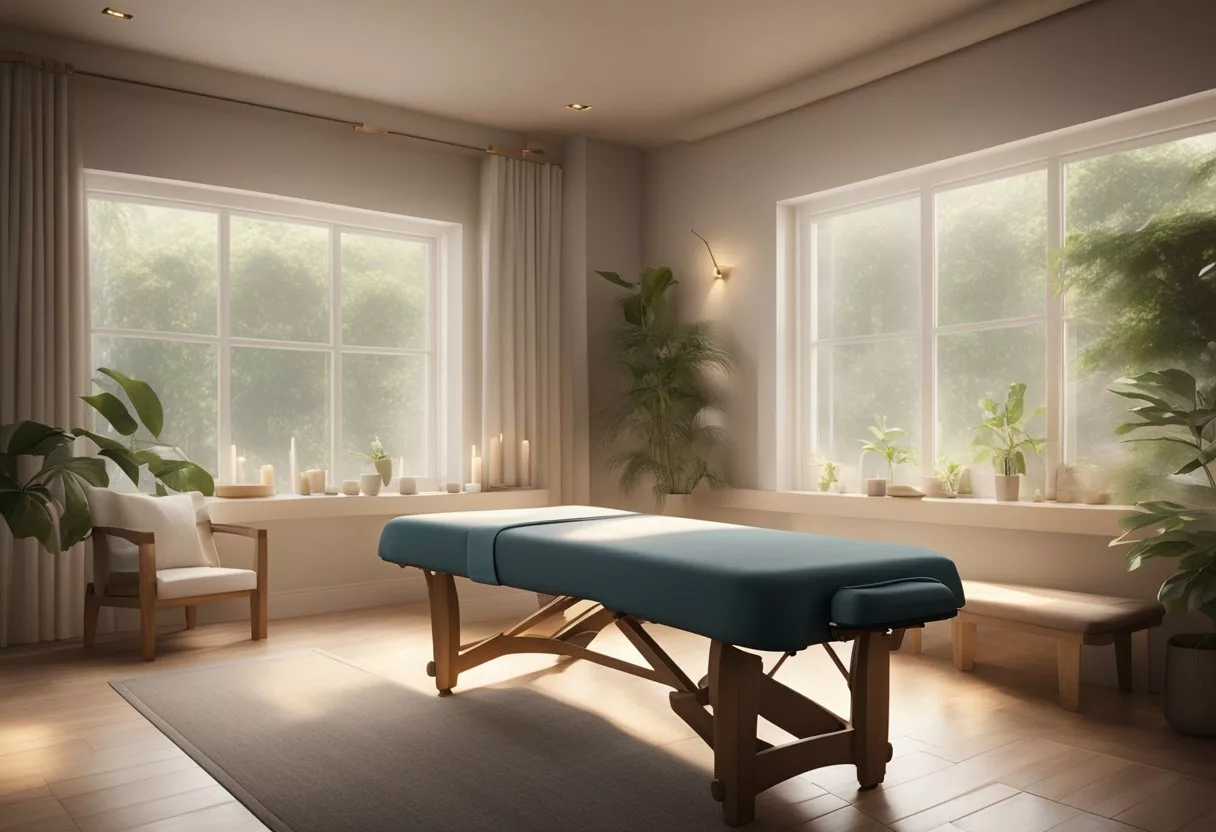
Massage therapy is a popular way to relax the body and mind. There are many different types of massages available, each with its own unique benefits. Here are some of the most popular types of massages:
Swedish Massage
Swedish massage is one of the most common types of massages. It involves long strokes, kneading, and circular movements on the topmost layer of muscles. Swedish massage is a great way to relax and unwind, and it can also help with pain management.
Deep Tissue Massage
Deep tissue massage is designed to target the deeper layers of muscle and connective tissue. It involves slow, deep strokes and pressure on specific areas of the body. Deep tissue massage is often used to treat chronic pain and injuries.
Hot Stone Massage
Hot stone massage involves the use of heated stones, which are placed on specific areas of the body. The heat from the stones helps to relax the muscles and increase circulation. Hot stone massage is a great way to relieve stress and tension.
Aromatherapy Massage
Aromatherapy massage uses essential oils to enhance the massage experience. The oils are chosen for their specific properties, such as lavender for relaxation or peppermint for invigoration. Aromatherapy massage can help to reduce stress and anxiety.
Shiatsu Massage
Shiatsu massage originated in Japan and involves applying pressure to specific points on the body. It is designed to balance the body’s energy and promote relaxation. Shiatsu massage can be helpful for a variety of conditions, including headaches and back pain.
Thai Massage
Thai massage is a form of massage that originated in Thailand. It involves stretching and deep massage techniques and is often performed on a mat on the floor. Thai massage can help to improve flexibility and range of motion.
Reflexology
Reflexology is a form of massage that involves applying pressure to specific points on the feet, hands, and ears. These points are believed to correspond to different organs and systems in the body. Reflexology can help to reduce stress and promote relaxation.
Sports Massage
Sports massage is designed for athletes and active individuals. It involves deep tissue massage and stretching and is often used to prevent or treat injuries. Sports massage can help to improve performance and reduce recovery time.
Prenatal Massage
Prenatal massage is designed for pregnant women. It can help to reduce stress and relieve aches and pains associated with pregnancy. Prenatal massage is safe for most women, but it is important to consult with a doctor before getting a massage while pregnant.
Lymphatic Drainage Massage
Lymphatic drainage massage is a gentle massage technique that is designed to stimulate the lymphatic system. This can help to reduce swelling and improve circulation. Lymphatic drainage massage is often used to treat lymphedema and other conditions that affect the lymphatic system.
Overall, there are many different types of massages available, each with its own unique benefits. Whether you are looking to relax, reduce stress, or relieve pain, there is a massage that can help you achieve your goals.
Key Elements in Massage

Pressure and Techniques
Massage therapy involves the application of pressure to the muscles, tendons, and ligaments of the body. The amount of pressure applied varies depending on the technique used and the client’s needs. Some common techniques include effleurage, friction, petrissage, and tapotement.
Effleurage is a gentle, gliding stroke that is often used at the beginning and end of a massage session. Friction involves deeper, circular movements that help to break up knots and adhesions in the muscles. Petrissage is a kneading technique that helps to stretch and loosen tight muscles. Tapotement involves tapping or percussive movements that help to stimulate the muscles and increase circulation.
Massage therapists may use their hands, fingers, or elbows to apply pressure during a massage. They may also use their body weight to apply deeper pressure, such as during a deep tissue massage. The pressure and techniques used during a massage can be adjusted based on the client’s preferences and needs.
Massage Oils and Lotions
Massage oils and lotions are often used during massage therapy to help lubricate the skin and reduce friction. They can also provide additional benefits, such as moisturizing the skin or providing a soothing scent. Some common oils and lotions used during massage therapy include jojoba oil, almond oil, and coconut oil.
It is important for massage therapists to choose oils and lotions that are appropriate for the client’s skin type and any allergies they may have. They should also ensure that the oils and lotions are free from harmful chemicals and additives.
In conclusion, pressure and techniques, as well as massage oils and lotions, are key elements in massage therapy. Massage therapists use a variety of techniques and adjust the pressure based on the client’s needs. They also choose oils and lotions that are appropriate for the client’s skin type and preferences.
Massage for Specific Conditions
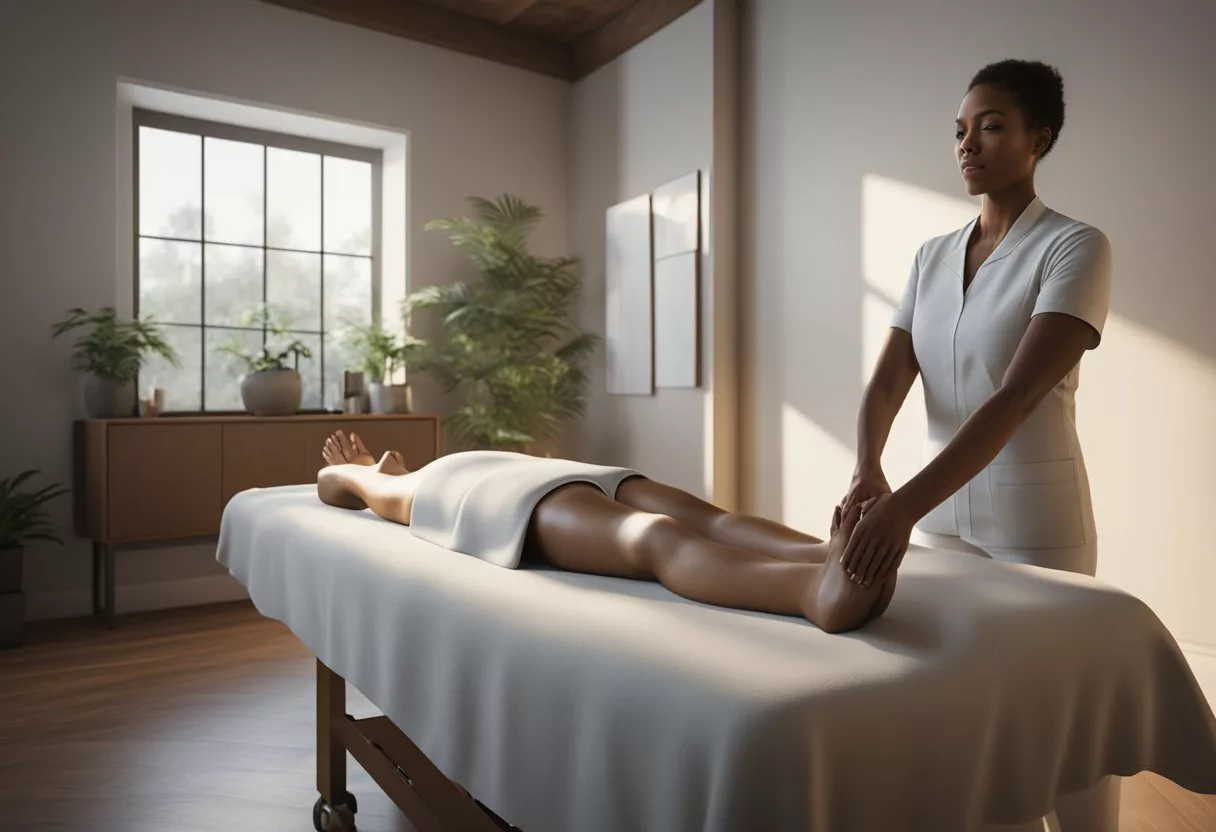
Massage therapy has been found to be effective in managing various conditions. Massage therapists use different techniques to address specific issues and promote healing. Here are some conditions for which massage therapy can be helpful:
Sports-Related Injuries
Athletes often suffer from sports-related injuries such as sprains, strains, and muscle soreness. Massage therapy can help athletes recover from injuries and enhance athletic performance. Massage can help reduce muscle tension, improve flexibility, and increase range of motion. It can also help athletes recover faster from workouts and competitions.
Chronic Pain Management
Chronic pain can be debilitating and affect a person’s quality of life. Massage therapy can help manage chronic pain by reducing muscle tension and improving circulation. It can also help reduce stress and anxiety, which are often associated with chronic pain conditions such as arthritis, fibromyalgia, and migraines.
Stress and Anxiety Reduction
Stress and anxiety can cause muscle tension, discomfort, and pain. Massage therapy can help reduce stress and anxiety by promoting relaxation and reducing muscle tension. It can also help improve the mood and promote a sense of well-being.
Pregnancy and Postnatal Care
Pregnancy and postnatal care are important times when a woman’s body undergoes significant changes. Massage therapy can help address the aches and pains associated with pregnancy, such as back pain and joint mobilization. It can also help reduce stress and anxiety and promote relaxation. Postnatal massage can help new mothers recover from childbirth by reducing muscle tension and promoting healing.
Massage therapy can be a helpful adjunct to traditional medical treatments for various conditions. It is important to discuss any medical conditions with a healthcare provider before seeking massage therapy. A licensed massage therapist can provide a personalized treatment plan based on individual needs and goals.
Choosing the Right Massage

When it comes to choosing the right massage, it’s important to consider your specific needs and goals. Different types of massage offer different benefits, so it’s important to choose one that aligns with your desired outcome. Here are some things to consider when choosing the right massage.
For Relaxation
If you’re looking to unwind and de-stress, a Swedish massage may be the right choice for you. This type of massage is known for its long, flowing strokes and gentle kneading, which can help to release tension and promote relaxation. Another option for relaxation is a hot stone massage, which involves the use of warm stones to relax the muscles and promote circulation.
For Healing and Rehabilitation
If you’re recovering from an injury or dealing with chronic pain, a deep tissue massage may be the best option. This type of massage uses slow, deep pressure to target the deeper layers of muscle and connective tissue, which can help to alleviate pain and promote healing. Another option for healing and rehabilitation is a myofascial release massage, which focuses on releasing tension in the fascia (connective tissue) that surrounds the muscles.
For Athletic Performance
If you’re an athlete looking to improve your performance, a sports massage may be the right choice for you. This type of massage focuses on improving flexibility, reducing muscle soreness, and enhancing overall athletic performance. Another option for athletes is a Thai massage, which combines acupressure, yoga, and stretching to improve flexibility and balance.
No matter what type of massage you choose, it’s important to communicate your needs and goals with your massage therapist. This will help them to tailor the massage to your specific needs and ensure that you get the most effective treatment possible.
Self-Massage and At-Home Techniques
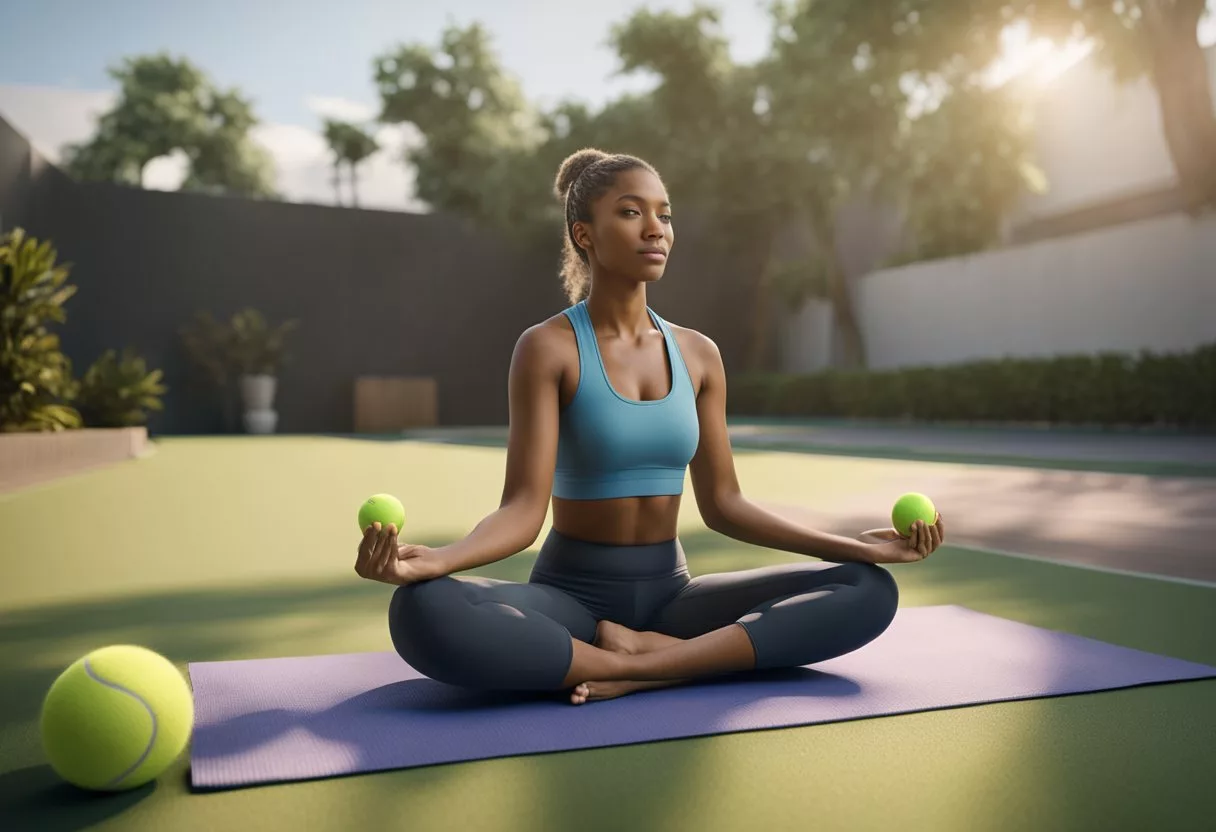
Self-massage is a convenient and cost-effective way to relieve muscle tension and fatigue without leaving the comfort of your home. With a few basic techniques and massage tools, you can treat yourself to a relaxing massage anytime you need it.
Using Massage Tools
Massage tools such as foam rollers, massage balls, and handheld massagers can help you target specific areas of your body and apply deeper pressure to relieve tension. Foam rollers are great for massaging larger muscle groups such as the back and legs, while massage balls are ideal for smaller areas such as the feet and hands. Handheld massagers can be used on various parts of the body and come with different attachments for different types of massage.
When using massage tools, start with a light pressure and gradually increase it as your muscles loosen up. Focus on areas of tension and discomfort, and avoid putting too much pressure on bony areas or joints.
Basic Self-Massage Techniques
Basic self-massage techniques involve using your hands and fingers to apply pressure to specific areas of your body. Here are a few techniques you can try:
- Neck and Shoulders: Use your fingertips to gently massage your neck and shoulders in circular motions. Apply light pressure and work your way up and down the sides of your neck and across your shoulders.
- Back: Lie on your back with a foam roller placed under your shoulder blades. Roll up and down, focusing on areas of tension. You can also use a tennis ball or massage ball to target specific areas of your back.
- Feet: Sit down and place a massage ball under your foot. Roll the ball back and forth, applying pressure to different areas of your foot. You can also use your hands to massage the soles of your feet and your toes.
- Hands: Use your thumb to apply pressure to the fleshy pad at the base of your thumb. Massage in circular motions, applying light pressure. You can also use your fingers to massage the palms of your hands and the backs of your hands.
Self-massage can be a great way to relieve muscle tension and promote relaxation. With the right techniques and massage tools, you can enjoy the benefits of massage therapy without leaving your home.
Professional Massage Therapy

Massage therapy is a form of therapeutic massage that involves the manipulation of soft tissues in the body to improve overall health and wellness. It is a profession that requires proper training, certification, and licensing. Professional massage therapists are trained to provide a variety of massage techniques that can help relieve pain, reduce stress, and improve overall well-being.
Finding a Qualified Therapist
When looking for a qualified massage therapist, it is important to do your research. Look for therapists who are certified and licensed by a reputable organization, such as the National Certification Board for Therapeutic Massage and Bodywork. You can also ask for recommendations from friends, family, or healthcare providers.
During your search, be sure to ask about the therapist’s experience and training. A qualified therapist should be able to provide you with a detailed explanation of their training and certification. They should also be able to answer any questions you may have about the massage techniques they offer.
What to Expect During a Session
Before your massage therapy session, the therapist will typically ask about your medical history and any specific concerns or areas of pain you may have. This information will help the therapist tailor the massage to your individual needs.
During the session, you will typically lie on a massage table, covered by a sheet or blanket. The therapist will use various massage techniques to manipulate your muscles and soft tissues. You may feel some discomfort or soreness during the massage, but this should not be painful.
After the massage, the therapist may recommend stretches or exercises to help maintain the benefits of the massage. It is also important to drink plenty of water to help flush out any toxins released during the massage.
Overall, professional massage therapy can be a beneficial form of treatment for a variety of conditions. It is important to find a qualified therapist who can provide safe and effective treatment.
Frequently Asked Questions
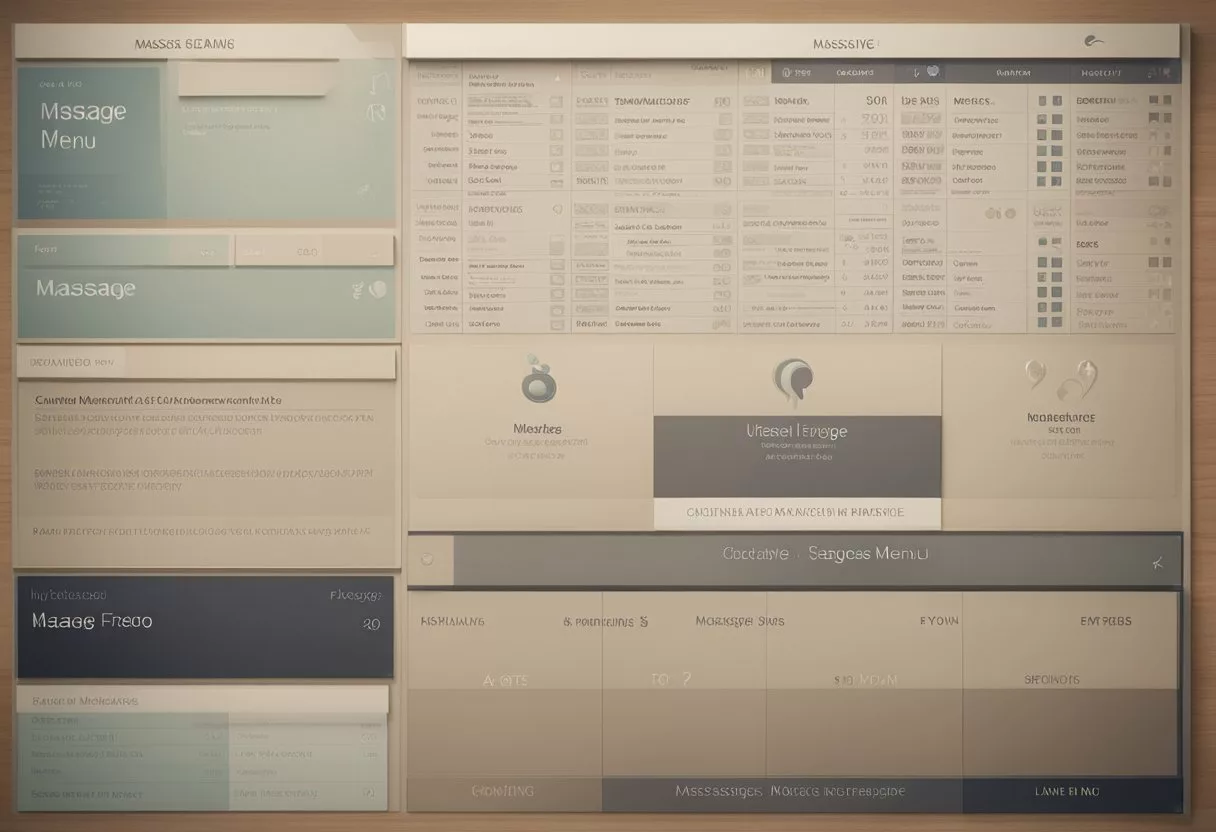
What distinguishes Swedish massage from other massage techniques?
Swedish massage is a gentle, relaxing massage technique that uses long strokes, kneading, and circular movements to help relax and energize the body. It is often considered a “classic” massage style, and is a popular choice for those looking to unwind and reduce stress.
How does deep tissue massage differ from other forms of bodywork?
Deep tissue massage is a massage technique that focuses on the deeper layers of muscle tissue. It uses slower, more forceful strokes to target knots and tension in the muscles. While it can be more intense than other forms of massage, it can also be very effective at relieving chronic pain and tension.
What are the benefits of a full body massage?
A full body massage can have a number of benefits, including reducing stress and anxiety, improving circulation, and promoting relaxation. It can also help to relieve muscle tension and pain, improve flexibility, and boost the immune system.
Which massage techniques are considered the most relaxing?
Swedish massage is often considered the most relaxing massage technique, as it uses gentle, flowing strokes to help calm the body and mind. Other massage techniques that can be very relaxing include hot stone massage, aromatherapy massage, and reflexology.
Can you explain the differences between Eastern and Western massage modalities?
Eastern massage modalities, such as Shiatsu and Thai massage, tend to focus on the body’s energy systems and use stretching and pressure points to help release tension and improve circulation. Western massage modalities, such as Swedish massage and deep tissue massage, tend to focus more on the physical body and use techniques like kneading and friction to help relax and energize the muscles.
What should someone expect from their first sports massage session?
During a sports massage session, the therapist will typically focus on specific areas of the body that are used frequently during athletic activity. They may use deep tissue techniques to help relieve tension and pain, and may also incorporate stretching and other techniques to help improve flexibility and range of motion. It is important to communicate with the therapist about any specific areas of concern or discomfort so that they can tailor the massage to your needs.